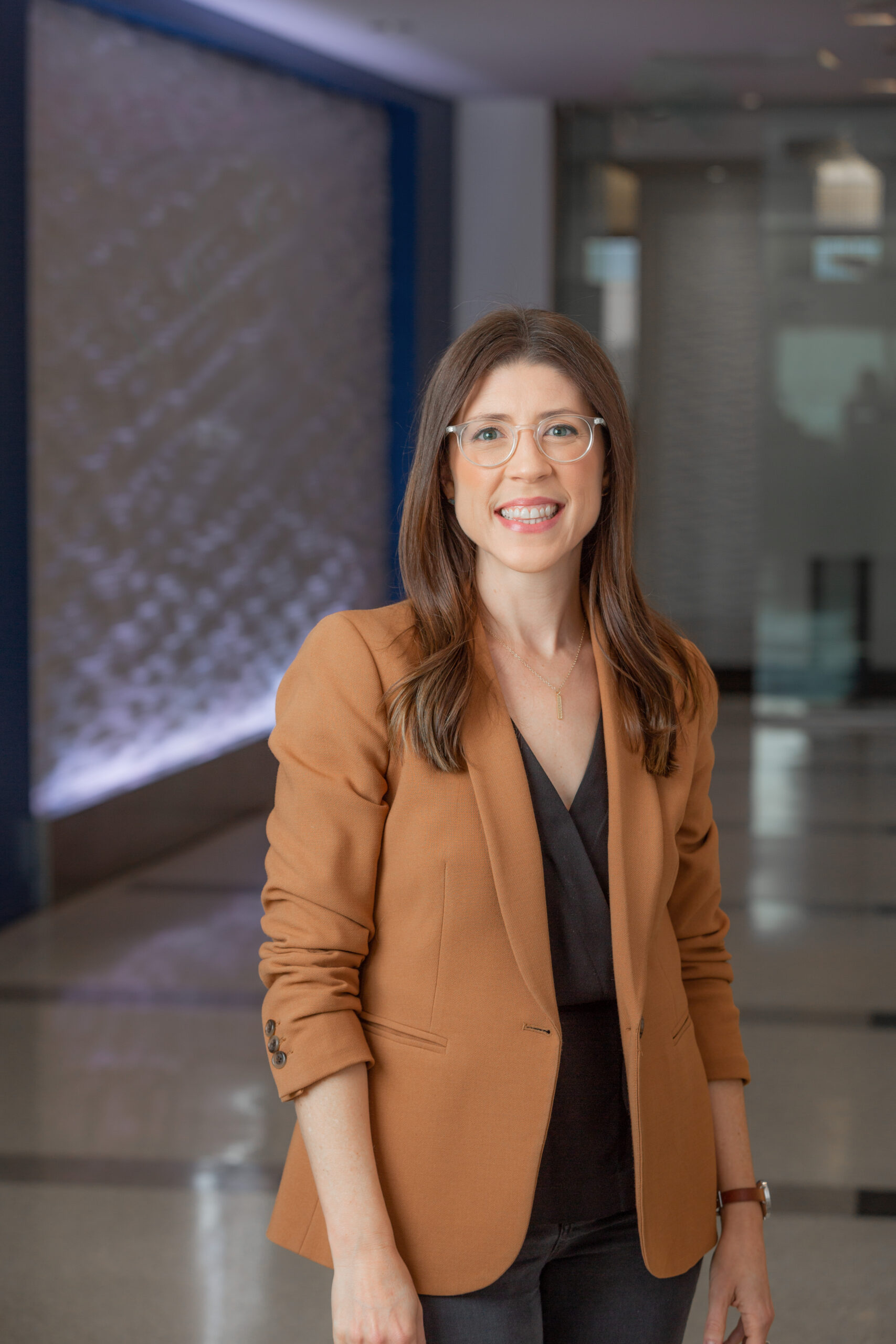Over the last decade, the term “wellness” has extended far beyond the simple concept of being healthy and has become a multi-faceted concept that incorporates sustainability, equity, accessibility, and flexibility alongside physical and mental wellbeing.
As architects, designers, and real estate professionals, we can positively impact social equity and better health practices through the built environment. Therefore, as the boundaries around what defines wellness continue to develop, the concept of incorporating wellness best practices will no longer be considered as a better or healthier alternative – rather as an essential and critical component of design going forward.

The World Health Organization says that to achieve health equity, “everyone should have a fair opportunity to attain their full health potential.” But, to focus on solutions that help establish improved health and equity practices, we must first recognize that there are substantial barriers that currently inhibit a wellness-for-all approach.
Within the built environment, the choices we make during the development and design of a project can either help or hinder the advancement of healthier and more sustainable best practices.
A project’s location, for example, can dictate how a user accesses a building. Is the project located next to public transportation modes, or is a longer commute by car the only option? Does the building’s design afford all users access to natural light? Has connectivity to green space and the outdoors been considered?
As architects and real estate professionals, we are in a unique position to address many of the barriers to wellness and social equity that exist through innovative design solutions.
Current building codes and local ordinances have outlined goals and standards that create more human-centric approaches to design. However, it is up to us to continually push the boundaries and go above and beyond the bare minimum requirements to ensure that we are consistently designing for wellness and equity.
Advances in science and technology, especially the study of human psychology and physiology, have enhanced our understanding of the impact that material selection, location, and accessibility can have on a user’s sense of place and wellbeing.
Biophilic design, access to fresh air and green space, and intentional selection of healthier amenities, material finishes, and food options within a project have positively impacted a user’s emotional state and physical well-being.
Those proven best practices are often sidelined in favor of budget constraints and tight project schedules or only incorporated into higher-end developments that benefit a specific user group. By neglecting to incorporate wellness and equity-driven design within every project, we are disproportionally affecting certain demographics and making the problem harder to solve going forward.
The decisions that affect the outcomes of a project start with early stakeholder engagement. What does your stakeholder group look like? Is it a diverse and inclusive representation of the end-user or community that the project will impact?
It is common practice to engage early for corporate tenant spaces, build-to-suit office buildings, and on-campus student housing — and that practice could be expanded to all market sectors and project types to inform and provide our clients with better program information.
Likewise, as design professionals, we can partner with other firms, consultants, and contractors who are internally aiming to achieve specific sustainability and wellness standards or who may have a better understanding of a finished project’s intended user-base.
Small and historically underutilized businesses are often brought into projects to achieve specific participation requirements on publicly funded projects. However, we can engage such businesses continually on all project types — not only when specifically required.
Many programs and resources already exist that can help design and real estate professionals navigate practical applications for health, social equity, or both. LEED and WELL programs have integrated further credit is that specifically addresses health and social equity issues.
Simultaneously, evaluation tools such as SEED (Social Economic Environmental Design) can establish a framework to determine critical issues about specific developments. Once a sustainably driven development is occupied, success can hinge on continuing strategies that include operations and maintenance, tenant programs, and marketing efforts to make the most of infrastructure put in place.
The global health crisis of the past year has only emphasized the need for a human-centric approach to design. As the definition of wellness continues to evolve — incorporating our physical, emotional, and social states — it is evident what a large role thoughtful design and development of our built environment plays.
The need to design for wellness, health, and inclusivity within all building types will only become more critical over the coming years.
As design professionals and the real estate community, it is our responsibility to understand where barriers to healthy and equitable design exist and where we can employ better solutions that ultimately help create a culture of health and wellbeing that is achievable for all users and communities.
I encourage you to become a part of the solution and delve into the resources currently available. A few include The Living Building Challenge, United Nations Sustainable Development Goals, and Global Real Estate Sustainability Benchmark.
Courtney Richardson is a senior associate project designer at BOKA Powell.





